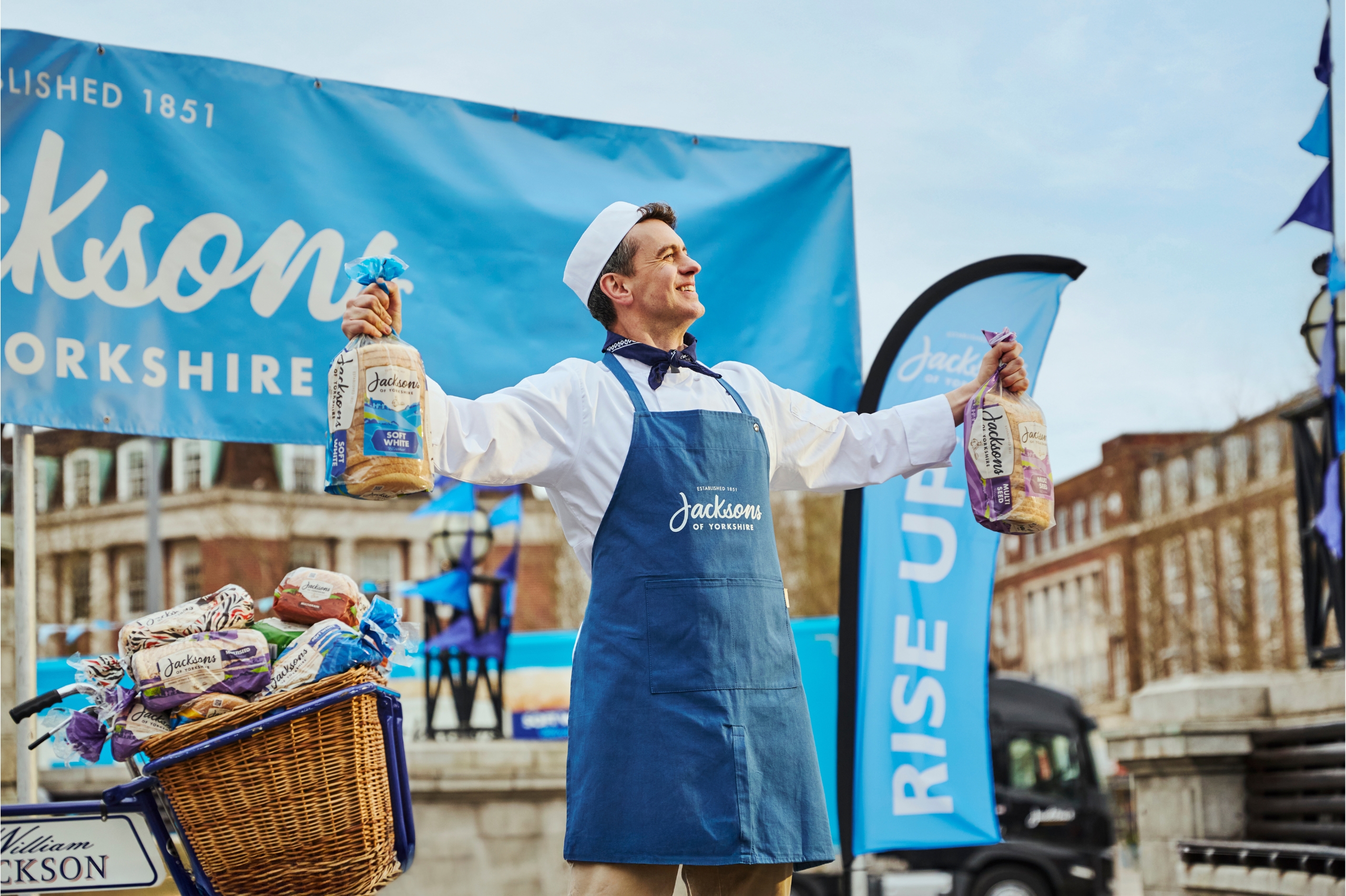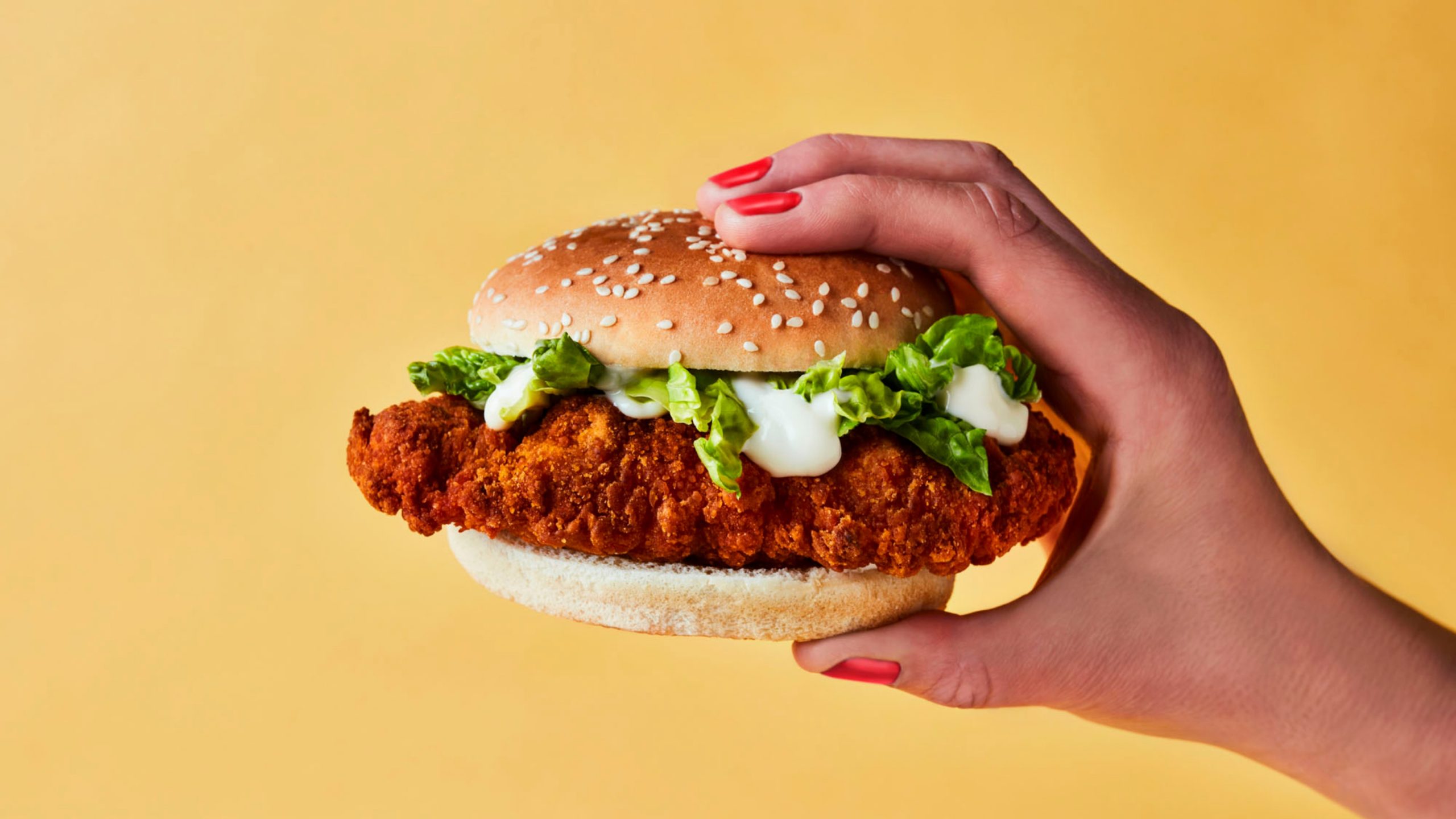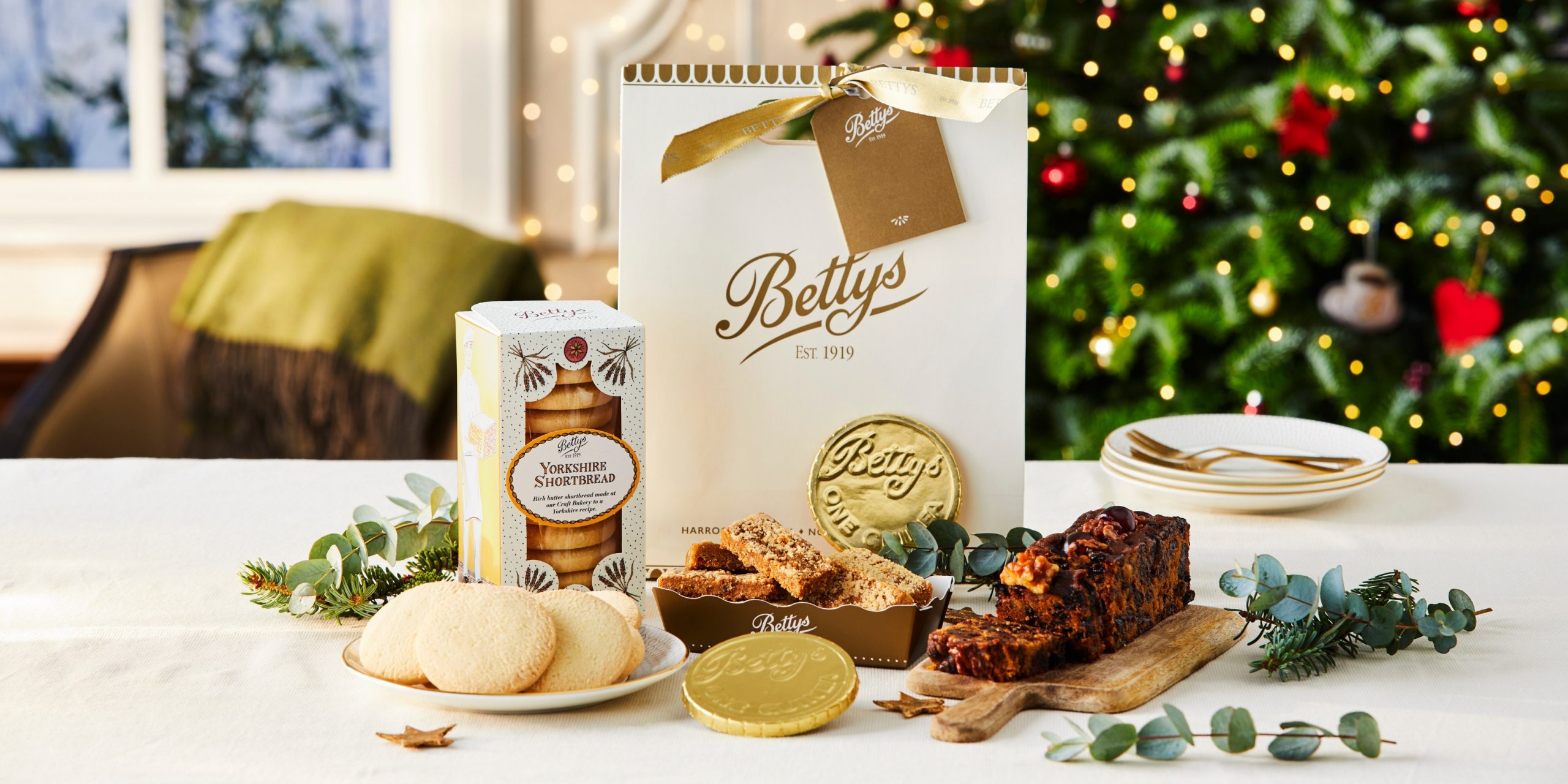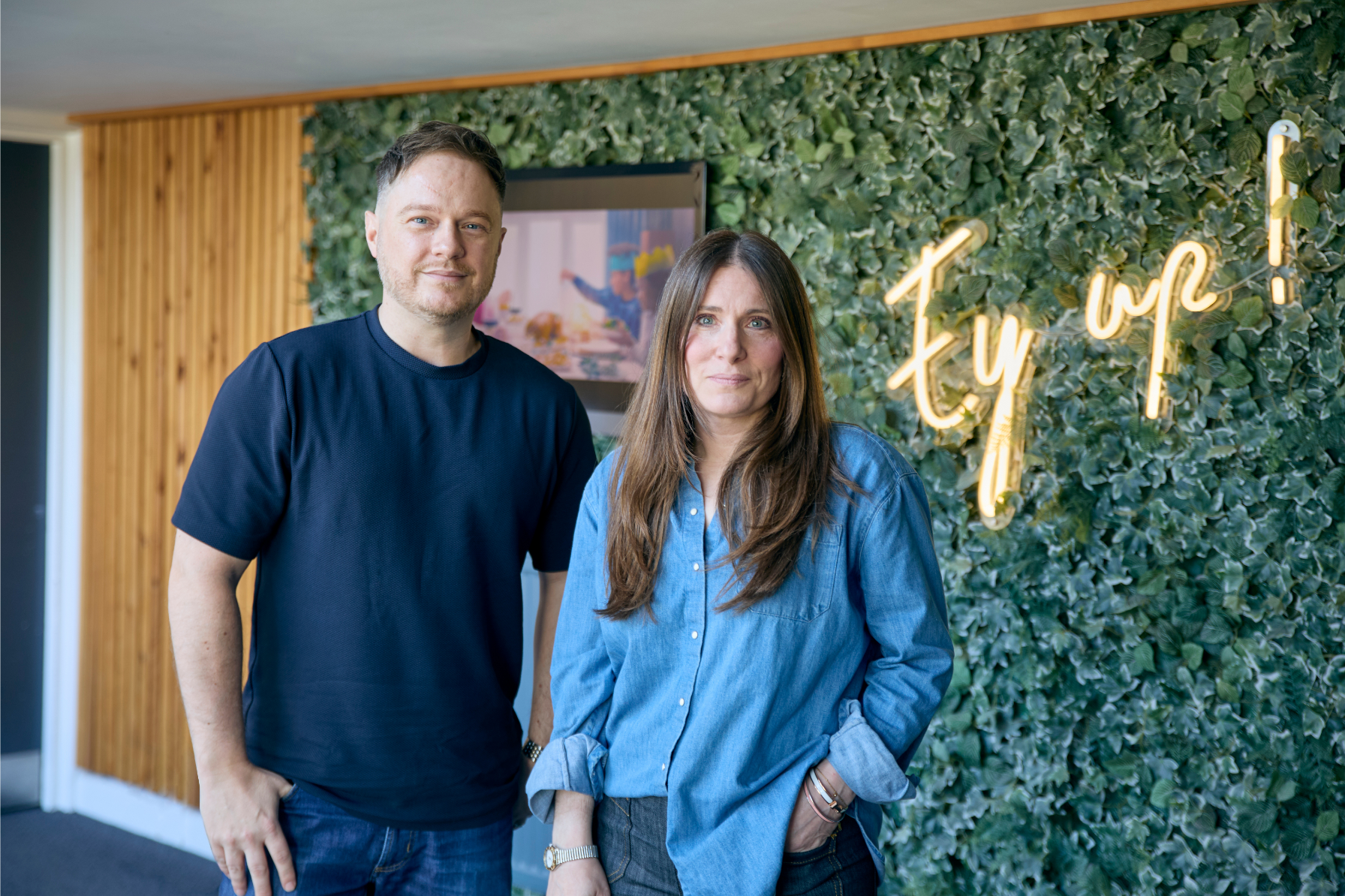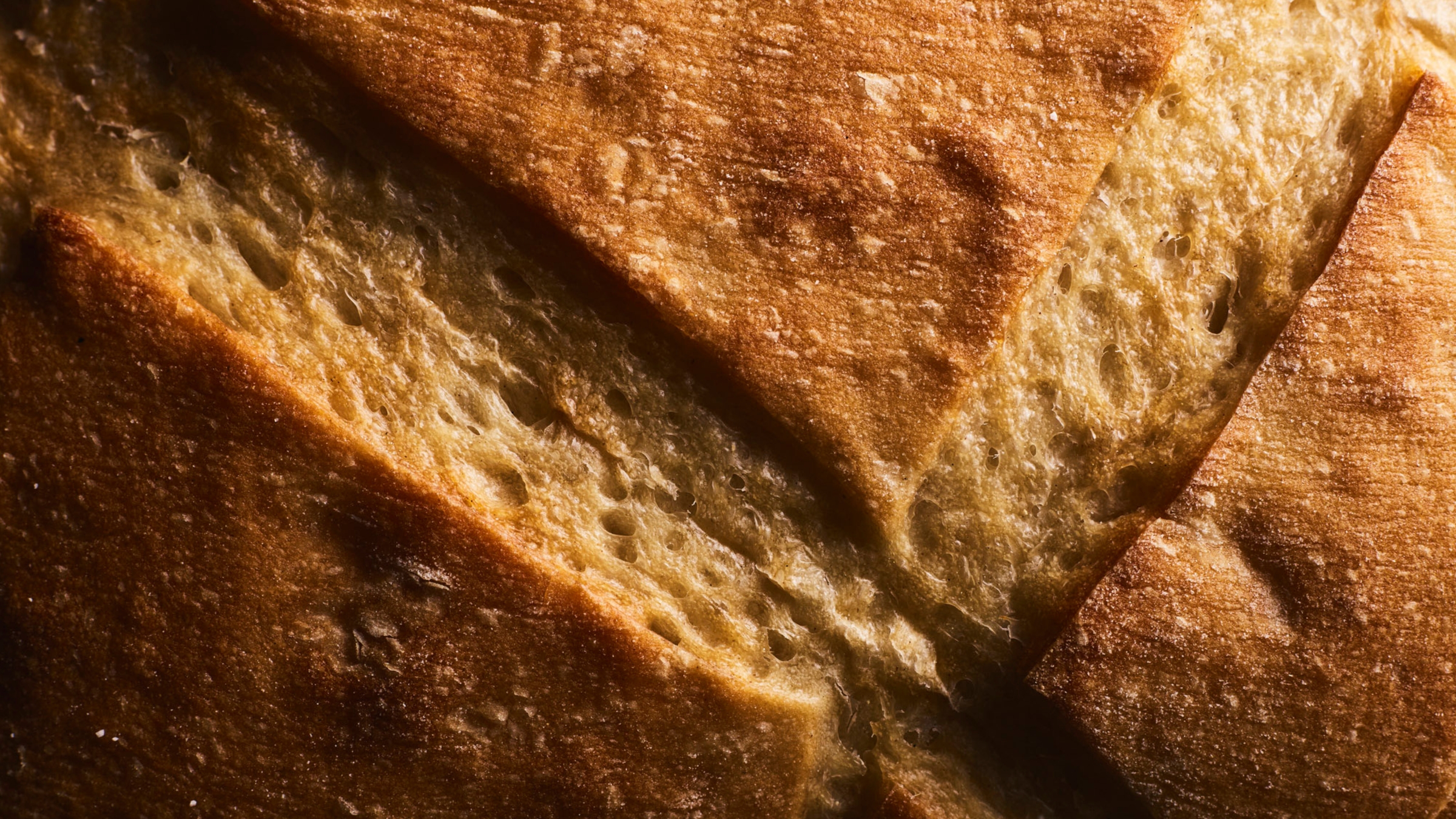The battle for short form video content
The three big players? TikTok, Instagram Reels and Youtube Shorts.
If you’re wondering why your content isn’t performing organically, feel overwhelmed by the ever-changing features and algorithms, or simply don’t know where to start in the short video landscape, you’ll want to read this.
A cheat sheet for short form videos about how to perform better, rank higher, cut through and one-up the competition. Bish bash bosh.
From the “how’s” to the “why’s”, the “when’s” and the “where’s”, we’re explaining all the factors that go into creating short videos that will resonate and connect with your audience. One by one.
About this post
Published
Author
October 20, 2022
First of all, it’s important to know the “age” of these platforms to understand the difference in their audiences.
Youtube | Gen X
Youtube, launched in 2005. And is the mother of all video-sharing platforms. A primary source of entertainment and education, and one of the first places we go to for any sort of television or media experience. Still today.
Instagram | Millennials
Instagram, launched in 2010, hit 250 million users in just a year and has grown to become one of the world’s biggest photo and video-sharing applications. It’s a highly visual platform, that is well-known for its aesthetically pleasing content.
TikTok | Gen Z
TikTok, the newest out of the three, launched in 2016, and grabbed the attention of 100 million users within the first year. It started out as a platform where teenagers came to create musical, lip-syncing and dance videos, and has now become the world’s most downloaded App.
Three platforms, three generations.
With attention spans only getting shorter and shorter, and Gen Z soon accounting for over a third of the global population, giants Youtube and Instagram have had to step up their game, and have found themselves playing catch-up with TikTok in the short-form video world.
Understanding the algorithms
Social media is so ingrained in our culture, it’s hard to imagine a life without it. But with so many active users, and so much content going out every single second, there’s an obvious need to create order and relevancy, which is where algorithms come in.
Social media algorithms are constantly changing… so what we’re looking at today, might look very different in a month or two.
Let’s take a look at each of these platforms.
-
TikTok’s algorithm is known for favouring smaller creators. Easily put, it tends to show your videos to people who are interested in your niche or type of content, but also a big portion of people with completely different interests.
The algorithm considers the following key data signals: video likes and shares, accounts followed, comments posted, content created, videos completed, favourited videos, “not interested” videos and users hidden.
The fact that TikTok doesn’t take into consideration follower count, or a history of high-performing content as direct ranking factors benefits brands that are new to the platform – making it easier for them to get on the For You Page.
-
Instagram’s algorithm on the other hand, understands what your content is about, and shows it purely to those who want to see it. A more targeted audience, influenced by people you follow, content you interact with, and your location. This is directly ruled by Facebook and Instagram’s parent company, Meta, and therefore potentially a vision into the future of this platform.
The algorithm is determined by frequency of usage, interests, number of follows, usage, timeliness and relationships with other users.
-
Youtube is slightly more complex, as it has multiple algorithms, which favours larger channels over small ones. It’s a collection of different decision models personalised to the viewer, including search, suggested, home, trending tab, subscription tab and notifications.
All platforms have something in common and it’s that the more time you spend on them, and the more you interact, the more they’re going to reward you. All three also strongly recommend creating videos for a specific niche instead of randomly switching between different topics. And what’s more important, making sure it’s obvious what your video is about; be it in the caption, thumbnail, title, description, or hashtags.
What about the content?
In a nutshell, short-form videos are vertical videos in bite-sized lengths.
As a society, we’re spending more and more time scrolling and watching video on our phones.
We got way too many distractions, both in the world around us and in our feeds. Short-form videos allow us to quickly consume a point or get clued into a story while on the go. Check out some of our work here.
So, what’s the real difference between TikTok videos, Instagram reels and Youtube shorts?
TikTok videos started as 15 second clips, grew to 60 seconds, eventually to 3 minutes and have now been extended further to 10 minutes (it’s evident they’re trying to push more into long-form videos, to compete with Youtube). Although the optimal video length is still believed to be between 21 and 34 seconds. TikTok’s content is loud, casual, and relatable. It’s a place for raw and authentic content. It’s experimental, controversial. A one-stop shop for all the latest creations to try at home. From carb-free cloud bread, nature’s cereal, to pasta chips.

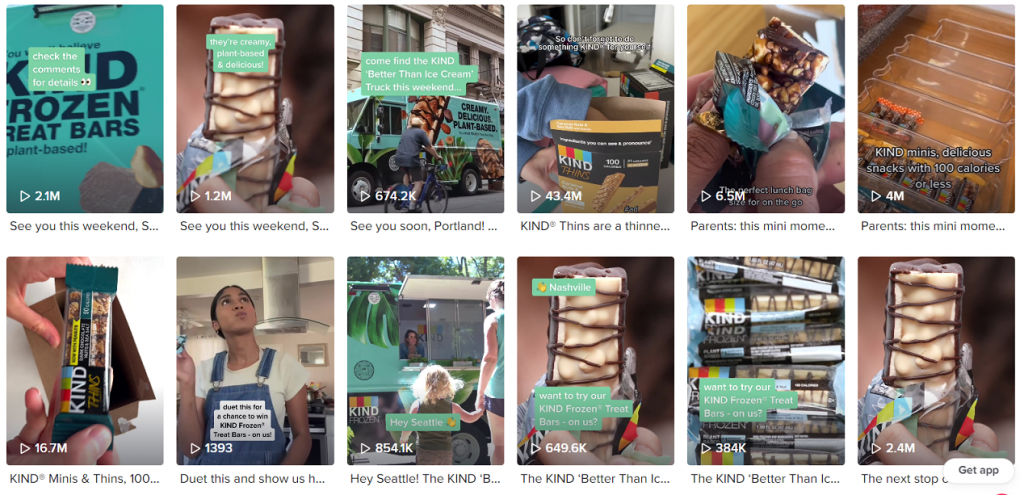
Trending sounds (like the current viral song “It’s Corn”) also play a huge role on TikTok and should be part of your content strategy. Although you can find these by scrolling or searching directly on the platform, there are other ways of tracking and staying up to date with them. Such as TrendTok.
This video posted by Chipotle is a perfect example of how to win trends. A genius execution that’s got nearly 30 million views!
Instagram reels can be up to 60 seconds long -with their optimal length being between 7 and 15 seconds- and are strikingly similar to TikTok. The difference? Instagram’s content tends to be more mature, calm, and aesthetically pleasing. Aspirational, and curated, or as we like to call it, grid worthy. From oozing videos of melting chocolate to “how to” recipes, styling tips, and ASMR *but make it pretty*.
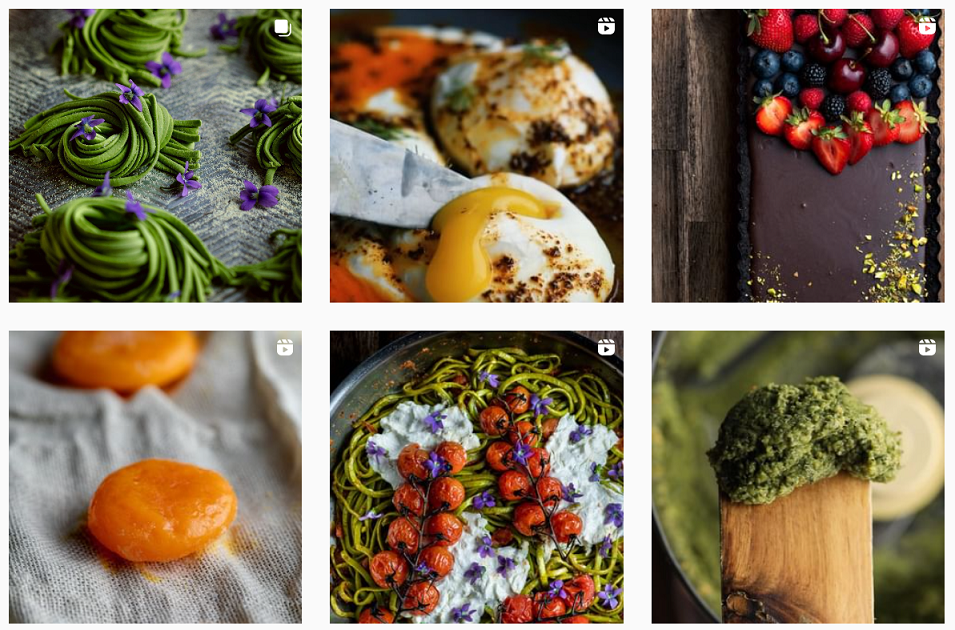
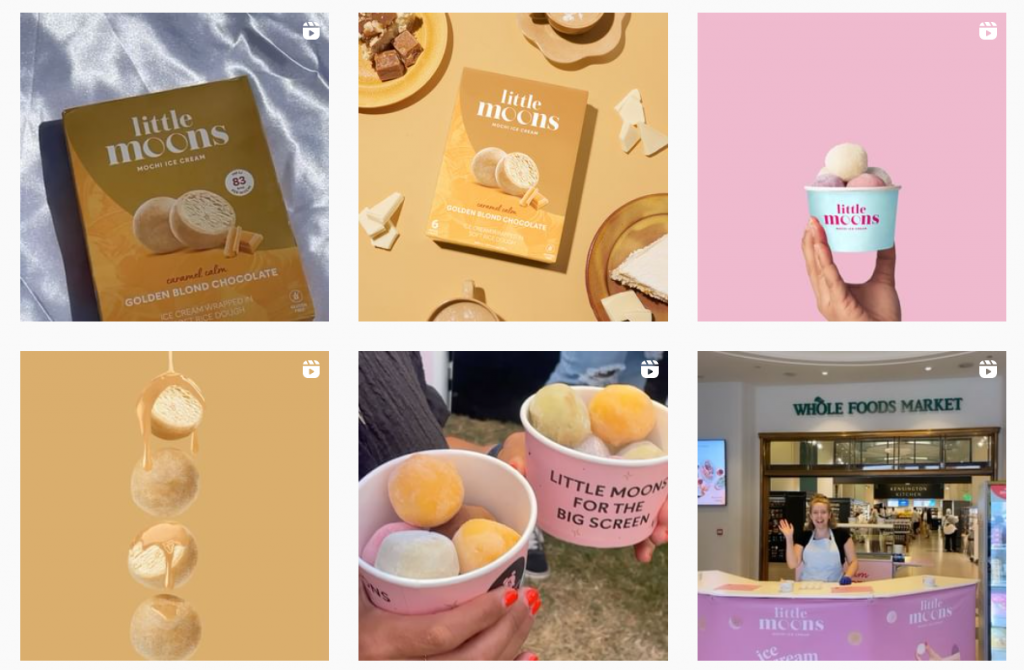
And finally, Youtube shorts are videos up to 60 seconds long, with their optimal length being between 15 and 60 seconds. What makes shorts unique from other Youtube videos is the simplicity of their creations. The platform has just launched a feature where you can edit your long-form videos into short clips.
When it comes to the choice of content, Youtube is globally recognised for being an educational, and more versatile platform. You can post educational, funny videos, vlogs, product videos, and just about anything else on Youtube.
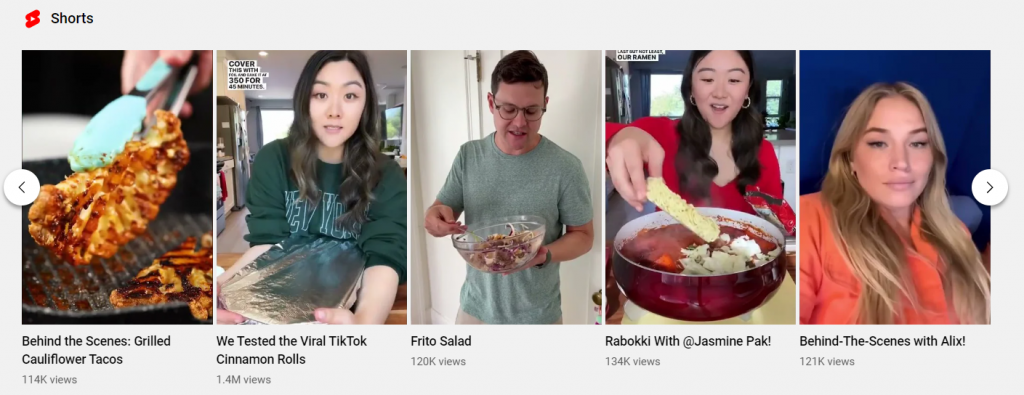
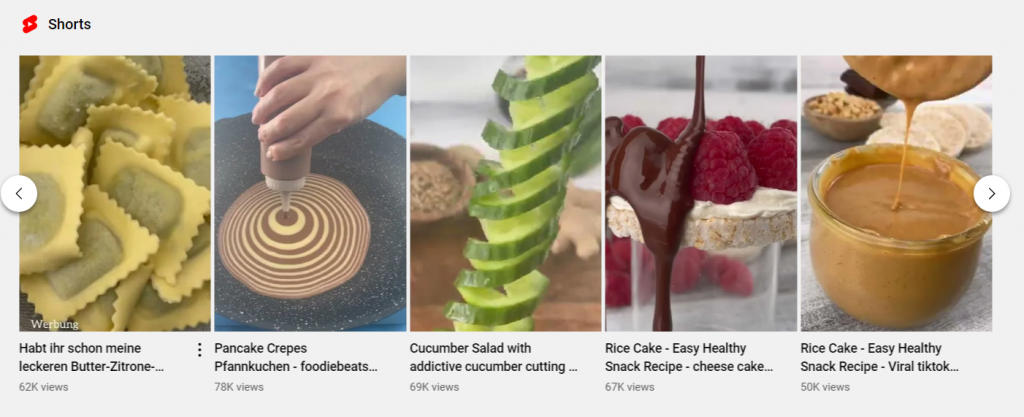
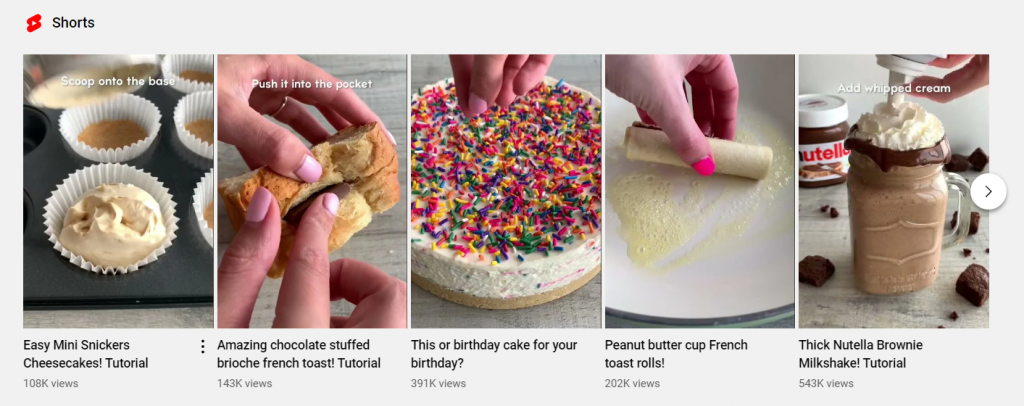
Both TikTok and Instagram offer augmented reality filters, whilst Youtube Shorts doesn’t.
What constitutes “a view” on each platform?
On TikTok, as soon as the video starts to play it’s counted as a view. If it loops or you leave and come back to it, those all count as new views. You may hear people say “TikTok views are inflated for gains and recognition”. This is why.
On Instagram, the user has to watch the video for at least 3 seconds for it to count as a view. And just like on TikTok, every time a video loops, it counts as a new view.
Youtube, on the other hand, is completely different. Once again. Views that come from clicks don’t count as a view, only those viewed scrolling down the shorts player.
What’s the recipe for success for food and drink brands?
In all short-form video cases you need to grab the viewer’s attention within the first few seconds and hook them in, making them want to watch the rest of your video. That means skipping the “starter” and getting straight to the “main” within the first 2-3 seconds. There’s no room for slow build-ups… as it’s too easy to skip to the next one.
Just like on other social platforms, timing is everything. Posting your videos when your audience is the most active will help you reach more viewers and get better engagement.
“Use your words wisely”. Remember to write captions, thumbnails, titles, descriptions, and hashtags that are relevant to the video so the algorithms can understand what the content is about.
Find your unique value proposition. And stick to it.
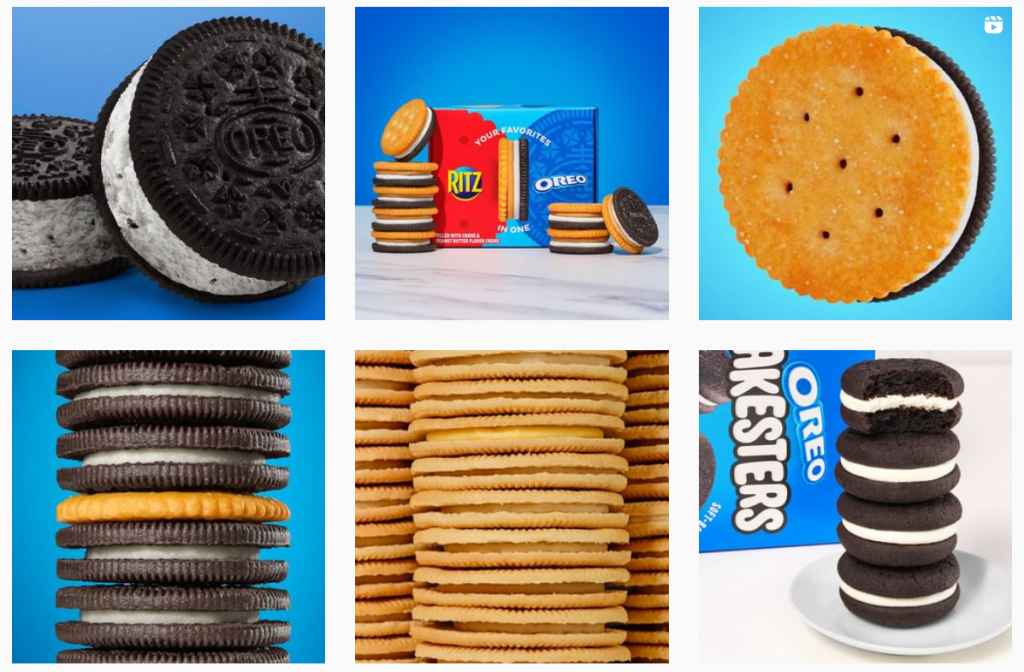
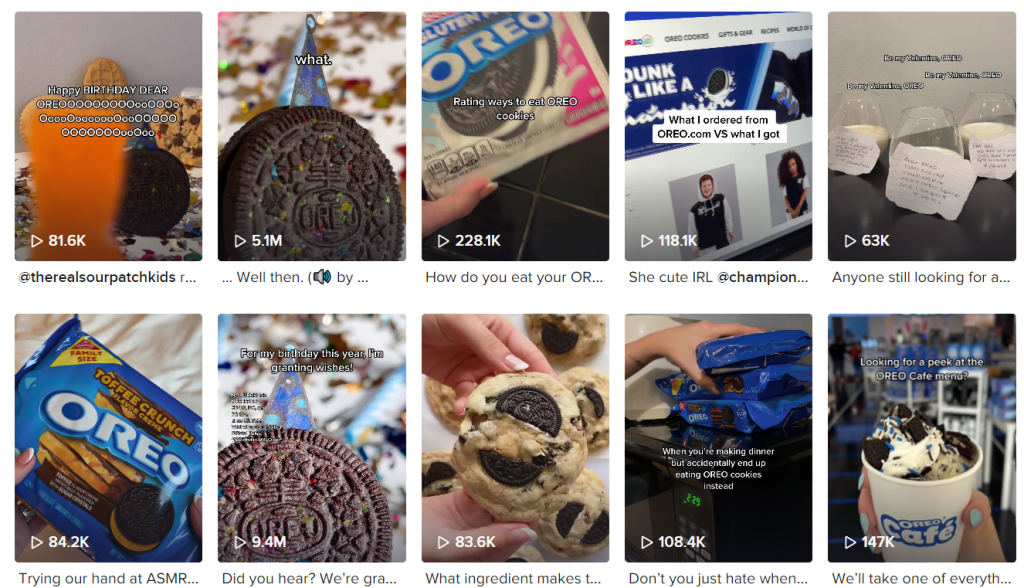
It’s clear that all three platforms are great marketing tools, and all three share similarities with each other. So, what it really comes down to is understanding your objectives and most importantly, your audience.
Most Gen X are familiarised with Youtube, millennials tend to scroll on Instagram, while Gen Z spends most of their time on TikTok.
But… they can all coexist. All you need is fresh and stand-out content that will capture your audience for each platform.
And we can help with exactly that.
Hundreds of ground-breaking F&B brands and agencies already count on us to help them increase sales, build brand awareness, and develop communities.
